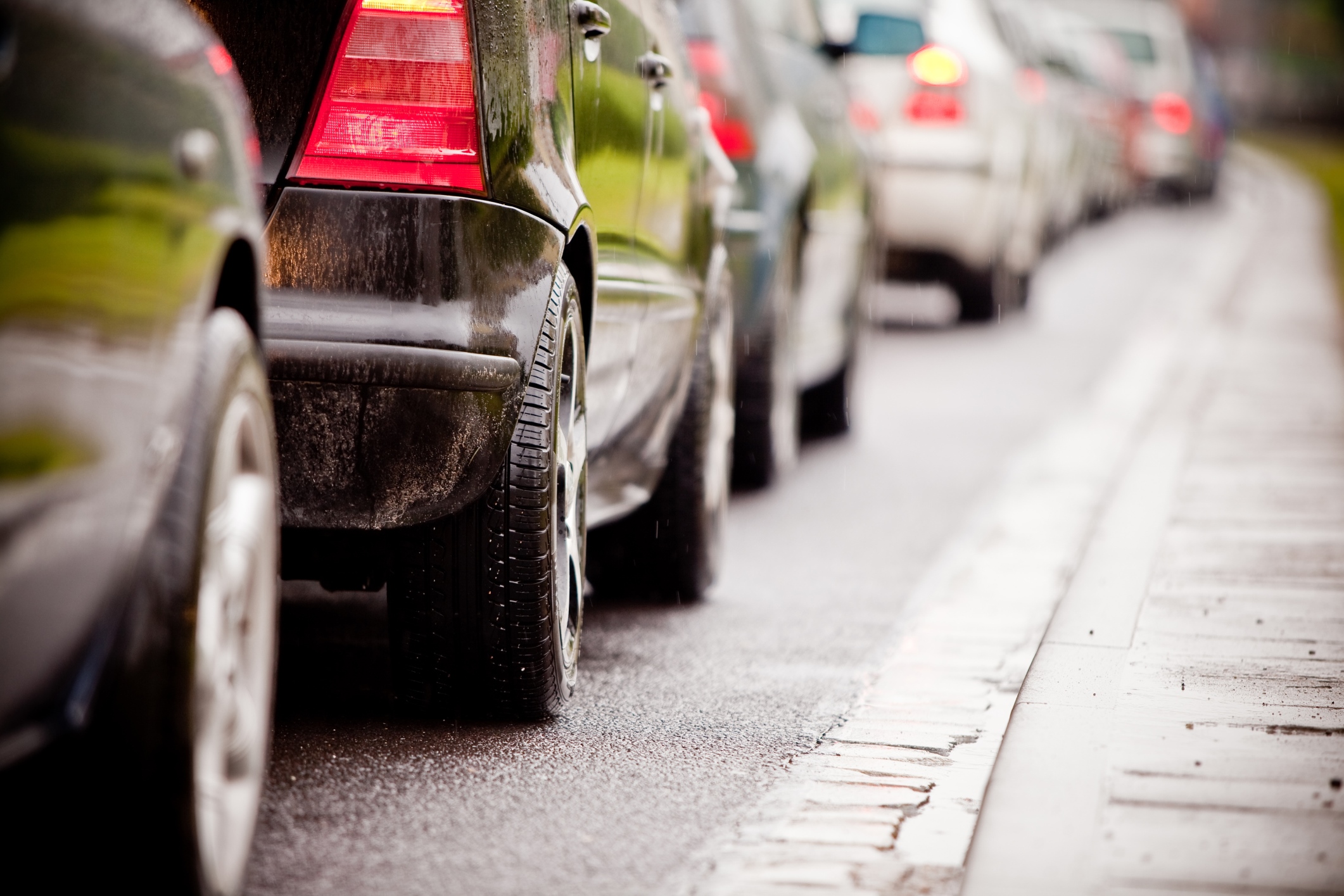Cars and Drivers
Wells Fargo Picks the 3 Winners of Autonomous Emergency Braking

Published:
Last Updated:

With all the hype about self-driving cars in the years ahead, one area that may start to take off even sooner for consumers and investors alike is the field of vehicle active safety and autonomous emergency braking (AEB).
Wells Fargo conducted a non-scientific survey, polling 80 millennials about their willingness and desire to have AEB technology in their cars. This is a small group of course, but they did even get into how much the cost acceptability might be.
The would-be winners in the Wells Fargo report are Mobileye N.V. (NYSE: MBLY), Delphi Automotive PLC (NYSE: DLPH) and Autoliv Inc. (NYSE: ALV). These stocks are all rated as Outperform and have upside price valuation ranges. David Lim and Richard Kwas of Wells Fargo see these three companies benefiting from increasing adoption of active safety and AEB.
24/7 Wall St. has shown the thesis for each company first and gone into the guts of the report with the AEB adoption thereafter.
Delphi Automotive is said to be well positioned to take advantage of the secular growth trends in fuel efficiency, connectivity and vehicle safety. Strong growth in China is also a plus for Delphi, according to the report. The stock is rated as Outperform at Wells Fargo and its most recent valuation range was $81 to $84.
Autoliv was referred to as a leader in vehicle safety systems, both passive and active. Wells Fargo thinks that regulations likely will add safety content going forward. Wells Fargo has an Outperform rating, and its most recent valuation range for the shares was $111 to $113.
A one-point change in 2018 global product take rates would add approximately $0.29 and $0.10 in earnings per share (EPS) for Autoliv and Delphi, respectively. Wells Fargo is assuming a 15% incremental margin and global production of 96.5 million units. For Mobileye, a one-point change in global product take rates would equate to an estimated $0.10 in EPS leverage, assuming a 60% incremental margin.
While the stock information may matter for investors, there is a lot of detail to consider here. The information in the report from Lim and Kwas was very detailed.
Key takeaways from Wells Fargo were varied. The firm’s polled group likes active safety and AEB and ratings. They also suggest that they are willing to pay up for the feature and that they are willing to pay up for incrementally higher performing or more reliable AEB systems.
Another issue is that the group perceives fusion AEB, like camera and radar, as being more reliable than just the camera-only AEB systems. One issue that was noted, which may boil down to cost versus other features, is that the group is also willing to consider vehicles that may not have AEB.
Lim and Kwas said:
The data points are directional, but it provides investors a glimpse of how important the AEB feature is among prospective buyers, particularly millennials (which outpaced Gen Xers as the second largest purchasers of autos last year). In our view, the demand for safety technologies is a positive for Auotliv, Delphi, and Mobileye. Both Auotliv [sic] and Delphi have advanced radar systems. Autoliv [sic] and Mobileye have vision algorithms.
Improving global take rates could enable the three companies to increase their active safety revenue by 30% or more compound annual growth rate (CAGR) through 2018. Another driving force is that a number of major original equipment manufacturers (OEMs) have pledged to make AEB standard by 2022. Wells Fargo noted that they believe a near “standard fit” could be achieved before 2022.
Millennials like active safety and ratings are important. There is a willingness to pay, and the average response was approximately $981, with 64% of respondents marking either $750 or $1,000 on the survey. Some 14% of respondents indicated that they were willing to pay $1,500 for the feature.
A meaningful portion of the group, 43%, mentioned they would still consider a vehicle that does not have AEB. However, when Wells Fargo asked which AEB system sounds more reliable, a whopping 98% of respondents would prefer a camera/radar fusion system than a camera-only system.
The Wells Fargo report also said:
Using 2015 actuals, we estimate active safety revenues and earnings to accelerate as product take rates improve. In our opinion, the survey would directionally indicate that the assumed take rates could be conservative. Our analysis was limited to the active safety business for Autoliv and Delphi and the nonautonomous vision business for Mobileye.
The firm’s analysis was partially based on company guidance and revealed the following:
Ever wanted an extra set of eyes on an investment you’re considering? Now you can speak with up to 3 financial experts in your area for FREE. By simply
clicking here you can begin to match with financial professionals who can help guide you through the financial decisions you’re making. And the best part? The first conversation with them is free.
Click here to match with up to 3 financial pros who would be excited to help you make financial decisions.
Thank you for reading! Have some feedback for us?
Contact the 24/7 Wall St. editorial team.